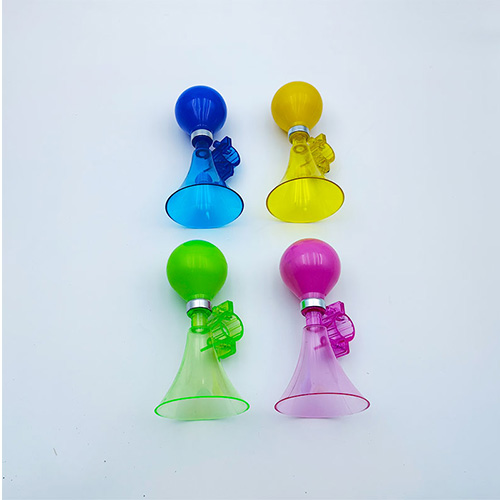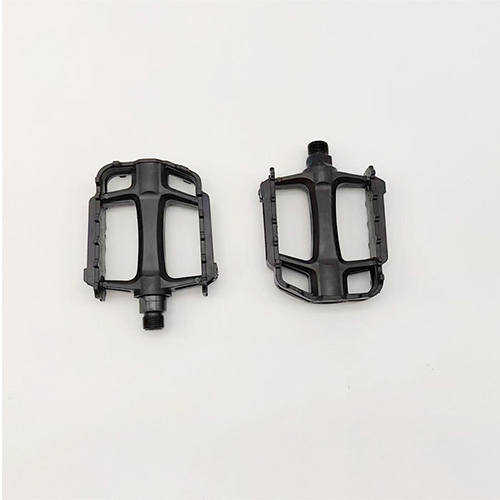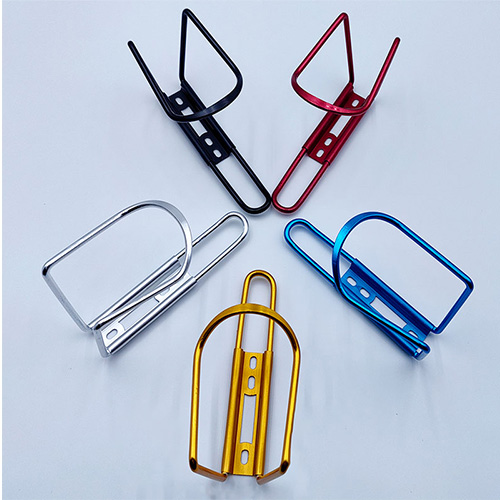When people think about bike accessories, they often picture helmets, lights, or baskets. But there’s one small item that plays a big role in safety and communication: the bicycle bell.
Whether you’re riding through a busy city street, along a scenic park trail, or on a shared cycling path, a bicycle bell helps you alert others to your presence without shouting. It’s a simple tool that makes cycling safer and friendlier for everyone.
Why Every Cyclist Needs a Bicycle Bell
1. Safety First
The main purpose of a bicycle bell is to warn pedestrians, other cyclists, and even vehicles that you’re approaching. Unlike yelling, a bell produces a clear, pleasant sound that people instantly recognize as a bike signal.
2. Communication on the Road
In crowded areas, a bell is a polite and effective way to ask people to make space. It avoids misunderstandings and keeps the ride smooth.
3. Legal Requirements
In some countries and states, having a bicycle bell is not just a recommendation—it’s the law. For example, many European countries require bikes to have a functioning bell before they can be used on public roads.
Types of Bicycle Bells
Bicycle bells come in different styles, each with its own sound and look:
1. Classic Dome Bell – The traditional round bell with a lever you flick to create a clear “ding-ding” sound.
2. Mini Bell – Small and lightweight, perfect for minimalist riders.
3. Electronic Bell – Uses a button to produce a louder sound, great for busy traffic areas.
4. Horn-Style Bell – Louder and more noticeable, often used for extra safety.
How to Choose the Right Bicycle Bell
When selecting a bell, consider the following:
Sound Volume – It should be loud enough to be heard over traffic and wind noise.
Ease of Use – You should be able to ring it quickly without taking your hands off the handlebars too much.
Mounting Position – Make sure it fits your handlebar size and doesn’t interfere with other accessories.
Design & Style – Bells come in many colors and shapes, so choose one that matches your bike’s look.
Installing a Bicycle Bell
Installing a bell is usually very simple:
1. Position the bell within easy reach of your thumb while holding the handlebars.
2. Use the included screw or clamp to secure it in place.
3. Test the bell to make sure it rings clearly and does not move during rides.
Bicycle Bell Etiquette
Using your bell properly is just as important as having one:
Ring Early – Give people enough time to move aside.
Be Polite – A friendly “thank you” after ringing makes the interaction pleasant.
Avoid Overusing – Don’t ring excessively; use it when necessary.
Conclusion
A bicycle bell may be a small accessory, but it plays a big role in cycling safety and communication. It’s affordable, easy to install, and can prevent accidents while making your rides more enjoyable.
Whether you prefer a classic dome bell or a modern electronic version, adding one to your bike is a smart choice. Next time you ride, let your bell be your voice on the road—it’s a simple way to share the path and keep everyone safe.



